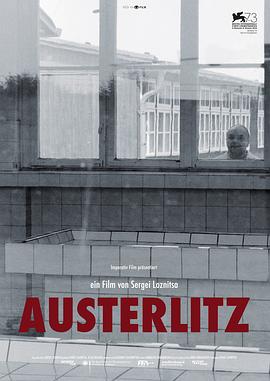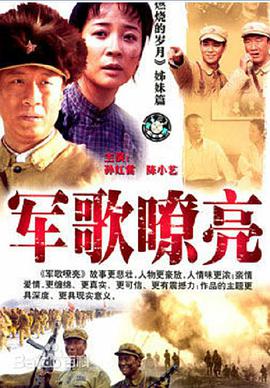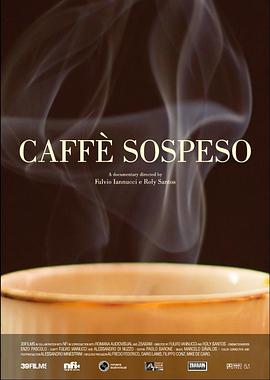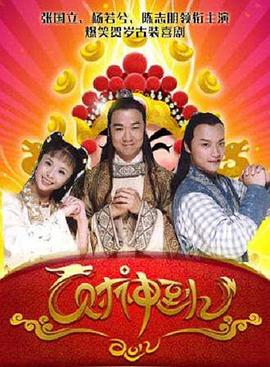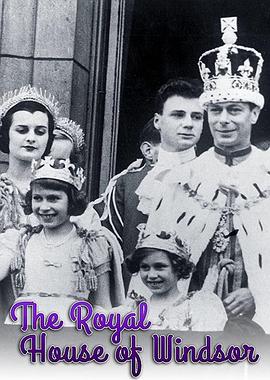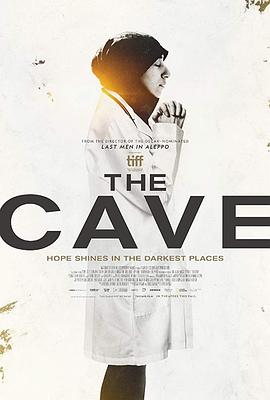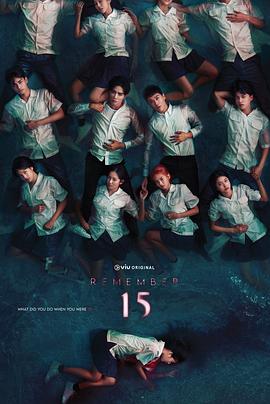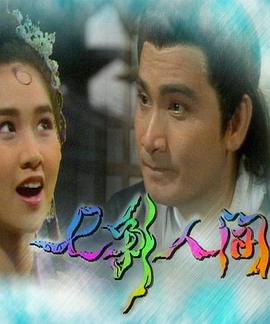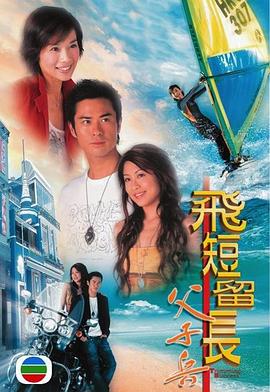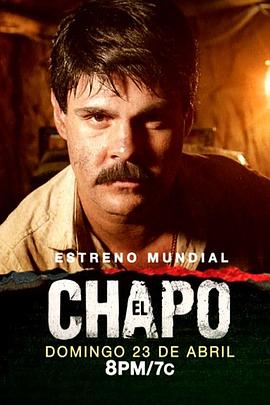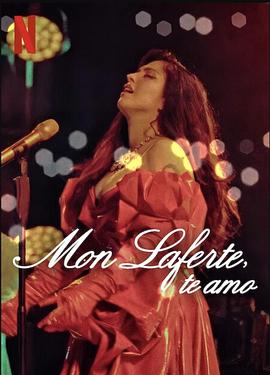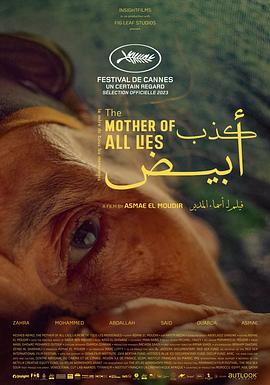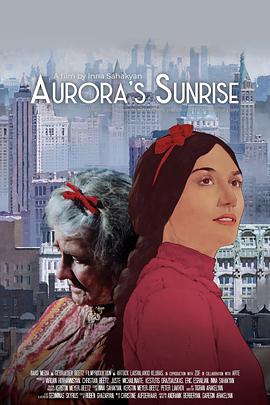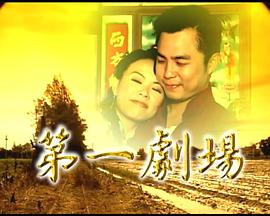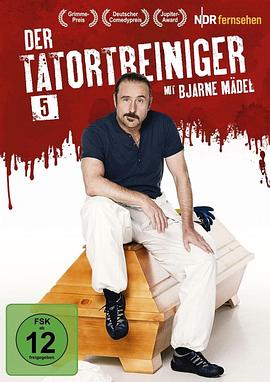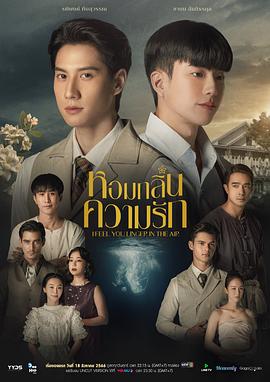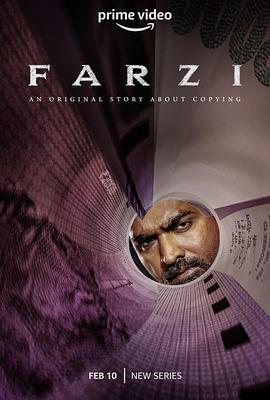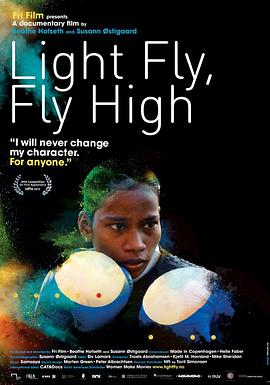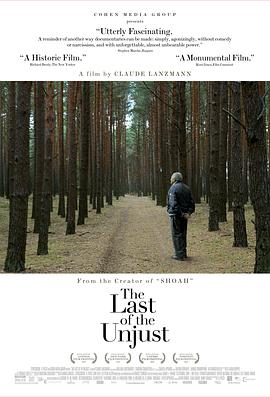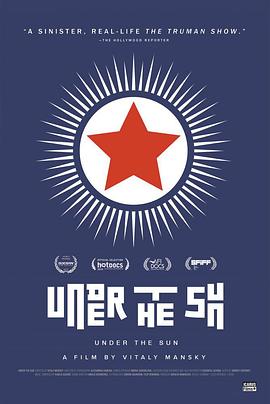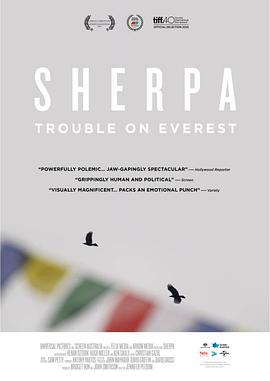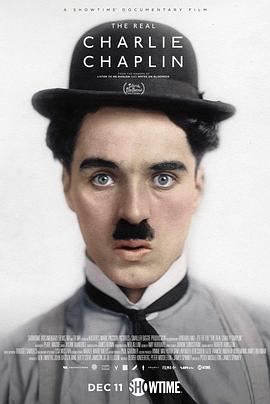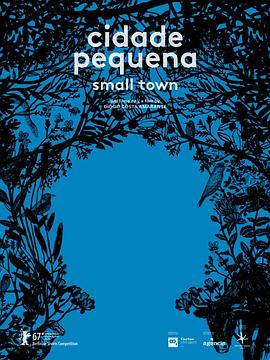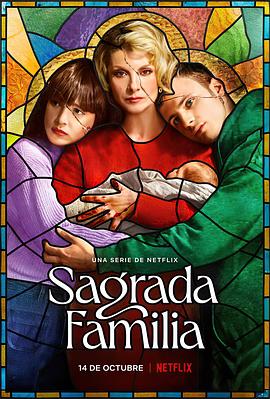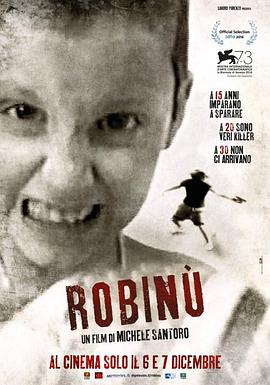影片库
正片
2016连续剧其它
HD
2002连续剧大陆
完结
2022连续剧其它
已完结
2017连续剧俄罗斯
Новый великолепный фильм о Золотом веке Екатерины – настоящий подарок для зрителей. Эпоха роскоши
已完结
2016连续剧西班牙
已完结
2016连续剧印度
已完结
1999连续剧大陆
已完结
2022连续剧泰国
Peat Wasuthorn Chaijinda Fort Thitipong Sengngai Boss Chaikamon Sermsongwittaya Noeul Nuttarat Tangwai Act Tanachai Kulcharoentanachot 奇萨努蓬·邦马尼 James Pongsapak Rachaporn Chai Supakit Puth Chaya Seng Supachkok Vilasmongkonchai
Rain,一个皮肤白皙的可爱家伙,在一个下雨天,他的车出了点问题。幸运的是,一个健壮的摩托车手Phayu来救我们了。Rain一摘下头盔就完全被他的样子迷住了,想变得和他一样酷。原来Phayu实际上
特别篇
2017连续剧其它
已完结
2019连续剧其它
HD
2017连续剧俄罗斯
主角是三个漂亮的姑娘——年轻的新手妈妈阿尼娅,有三个孩子,经验丰富的妈妈尤莉亚,和暂时没有孩子的待嫁大龄女青年维卡。她们在遇到女人一生中最常见的问题和挑战时,会如何应对呢?她们的生活又将发生哪些爆
已完结
2024连续剧其它
Sofia Starling Natália Rosa Lucca Pougy Marcele Nogueira Tati Duarte Amanda Doring Maria Clara Marco Guian Ricardo Conti Jorge Jeronymo Natalie Smith Amanda Simão Anja Bittencourt Estefano Nil Mendonça André Lima Pedro Logã
A dangerous game, full of traps. A dispute of power, money and desire. On one side of the board, del
已完结
2022连续剧西班牙
已完结
2022连续剧泰国
普拉克·帕尼 甘·克里查纳潘 司提崇·皮叻陂 齐提沙努彭·萨坤楠提帕 塔纳通·萨南卡尼功 Boss Daranpope Charmpoonod Noon Khingkarn Boonma Ray Venita Loywattanakul Sairung Prapakon Chairak Pinomyim Thanchanok Pakarat Nut Theerarat Wongchuen Pure Purewarin Kosiriwalanon Kaimuk Nilawan Iamchuasawad
“我想念每一个人。我们能在那个岛上再见面吗?”一条来自五年前自杀的学校明星“林珈安”的神秘信息被发送给了她以前的高中同学、学长和姐姐。每个人都想知道这个消息是如何发出的,因为林珈安很久以前就去世了。他
已完结
2021连续剧泰国
已完结
2025连续剧泰国
Ajin ( Metawin Opas-iamkajorn 饰) 发现舞台剧《Bu-nga Meun Phamon花与千只蜜蜂》正在举行一场大型试镜,创办人是著名社会名媛、原剧作家的继承人Ray (
已完结
1991连续剧新加坡
已完结
1995连续剧大陆
已完结
2015连续剧泰国
已完结
2018连续剧泰国
技高过人的女技师和不相信真爱的汽车零部件工厂继承人之间的假婚故事。 虽说是冤家聚头, 但他们必须得携手处理诸多问题, 频繁的亲密接触以及共患难,让原本一对冤家不知不觉间变成了知心人.....【嘿叭电影
已完结
1990连续剧香港
已完结
2005连续剧香港
已完结
2006连续剧香港
已完结
2024连续剧泰国
第25集
2025连续剧香港
更新至第01集
2024连续剧泰国
你有权利结束你的生命吗【嘿叭电影-热播综艺免费在线观看】 临终病人死亡率的上升令人怀疑,这给 Pol.Cap.Wasan心中留下了不可磨灭的怀疑痕迹。 他的母亲在他回到家乡的前几天刚过世,很可能
第07集
2024连续剧泰国
阿晨·艾丁 纳塔猜·布恩普拉瑟 卡纳潘·佩泽坤 塔纳瓦·拉达纳奇派山 帕努罗杰·查洛夫斯基珀纳尔塔维 彭沙贡·翁皮安 查亚功·朱塔玛斯 彼得·图灵斯坦 Ken Kanthee Limpitkranon Paul Tanan Lohawatanakul
讲述了纹身师菅受警方委托调查商人和政客神秘谋杀案的故事。坎跟踪刺客兄弟法德尔和拜森,他们也经营着一家餐馆。当菅直人发现自己爱上了拜辛时,事情发生了转折。与此同时,法德尔被一个名叫斯泰尔的汽车修理工
已完结
2024连续剧泰国
第10集完结
2023连续剧泰国
更新至第01集
2006连续剧泰国
立诚(Ken Theeradate Wongpourpan 饰)是一名时尚摄影师,某日,喝醉了酒的他误入了女明星娜裴(安妮·彤帕拉松 Anne Thongprasom 饰)的房间,阴差阳错之下两人
已完结
2017连续剧美国
已完结
2024连续剧其它
HD
2022连续剧泰国
已完结
2023连续剧其它
专横的祖母销毁了所有家族合影,使得导演的童年回忆只剩下一张被搪塞的陌生女子照片。问起个中原因,却总换来连篇谎言。为了重建童年与家族回忆,她和父亲在工作室钜细靡遗地重现街坊,邀请家人、邻居,还有死忠
HD
2022连续剧泰国
已完结
2024连续剧泰国
更新至10集
2010连续剧俄罗斯
Military Channel关于二战东线的纪录片系列【嘿叭电影-热播电视剧免费在线观看】 Episode 1: Operation Barbarossa Episode 2: Kiev,
已完结
2022连续剧其它
HD
2020连续剧西班牙
已完结
2007连续剧日本
HD
2002连续剧台湾
已完结
2023连续剧大陆
已完结
2015连续剧其它
已完结
2023连续剧日本
已完结
2014连续剧泰国
故事发生在名为拉雅的国度之中,每年,这里都要举行护卫官竞技赛,按照惯例,王子马奇(路易斯·赫斯 Louis Hesse 饰)必须参加最后的决斗,最终,王子漂亮的赢得了胜利,获得了全国人民的掌声,但
已完结
2023连续剧泰国
更新至02集
2023连续剧泰国
拉皮彭·塔帕苏万 查侬·散顶腾古 卡诺查·姆亚丹 基米·霆缇桑·古德伯恩 布达差·蓬素差 素撒·猜唷罗 Auttharinya Uengsilpsrikul Atcharee Buakhiao Arthur Gagnaux
建筑师乔姆发现,从国外回来的爱人不是一个人来的,而是带着新的爱人来的。乔姆带着他破碎的心开车回清迈,结果出了车祸把车开进了河里。后来他发现自己在20世纪20年代的暹罗王国醒来【嘿叭电影-高清视频免
完结
2021连续剧其它
HD
2023连续剧其它
已完结
2006连续剧台湾
已完结
2023连续剧印度
完结
2019连续剧泰国
Bank, the heir of a millionaire, is being chased by someone who wants to kill him. He was seriousl
已完结
2023连续剧泰国
更新至第01集
2023连续剧其它
完结
2016连续剧其它
约瑟芬·弗里达·佩特森 托马斯·海耶斯 乌莉卡·法尔希 丽莎·泰格 伊曼·迈基尼 安娜·斯维尼达 卡尔·马丁·厄格斯玻 马龙·朗格兰 塔利亚·桑德维克·莫尔 克里斯蒂娜·厄德格 赫尔曼·蒂美拉斯 塞西莉·马丁森
SKAM er en nettdramaserie som følger en gjeng på Hartvig Nissen Videregående skole i Oslo. Du kan
已完结
2013连续剧其它
HD
2013连续剧法国
地点:特莱西恩施塔特,一个独特的被阿道夫·艾希曼称为“模范集中营”而宣传的地方,隐藏着其真实面目——毒气室前的最后一步而误导着世界和犹太人民。一个男人:本杰明·穆勒斯坦因,特莱西恩施塔特犹太议会的
HD
2015连续剧其它
HD
2015连续剧其它
HD
2013连续剧俄罗斯
已完结
2014连续剧俄罗斯
已完结
2022连续剧其它
Uzay Gökhan Irmak Güney Coska Hulya Koseoglu Emre Yildizlar Sebnem Hassanisoughi Omer Tasli Ozden Isiltan Hazal Subasi Arda Aranat Sevket Çoruh Gonca Vuslateri Tilbe Saran 伊尔达姆.阿克格 Furkan Kalabalik 奥斯曼·索南 阿兹古尔·埃姆雷·伊尔迪里姆 库比莱·通杰尔 巴热士·耶尔迪兹
在這個反烏托邦世界中,一種經由語言溝通散播的傳染病到處肆虐,而唯一對此疾病免疫的語言學家,正遭到暴虐無道的組織追捕【嘿叭电影-1080P资源免费观看,无广告,不卡顿】
完结
2021连续剧英国
HD
2021连续剧其它
Three friends wanted to conquer the world with their music. With their super hit "Take on Me&
HD
2016连续剧其它
HD
2022连续剧泰国
完结
2022连续剧西班牙
第8集
2016连续剧其它
HD


